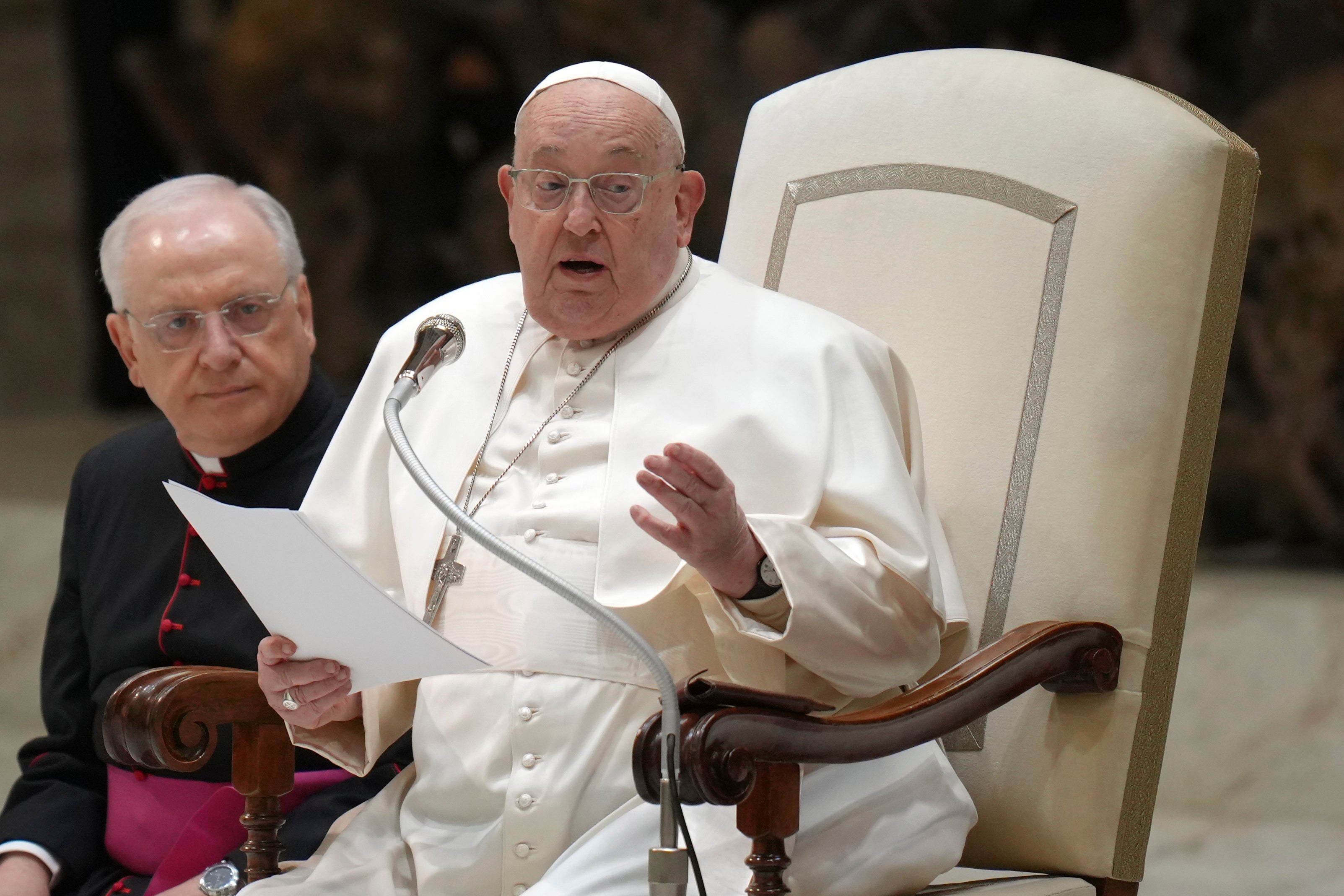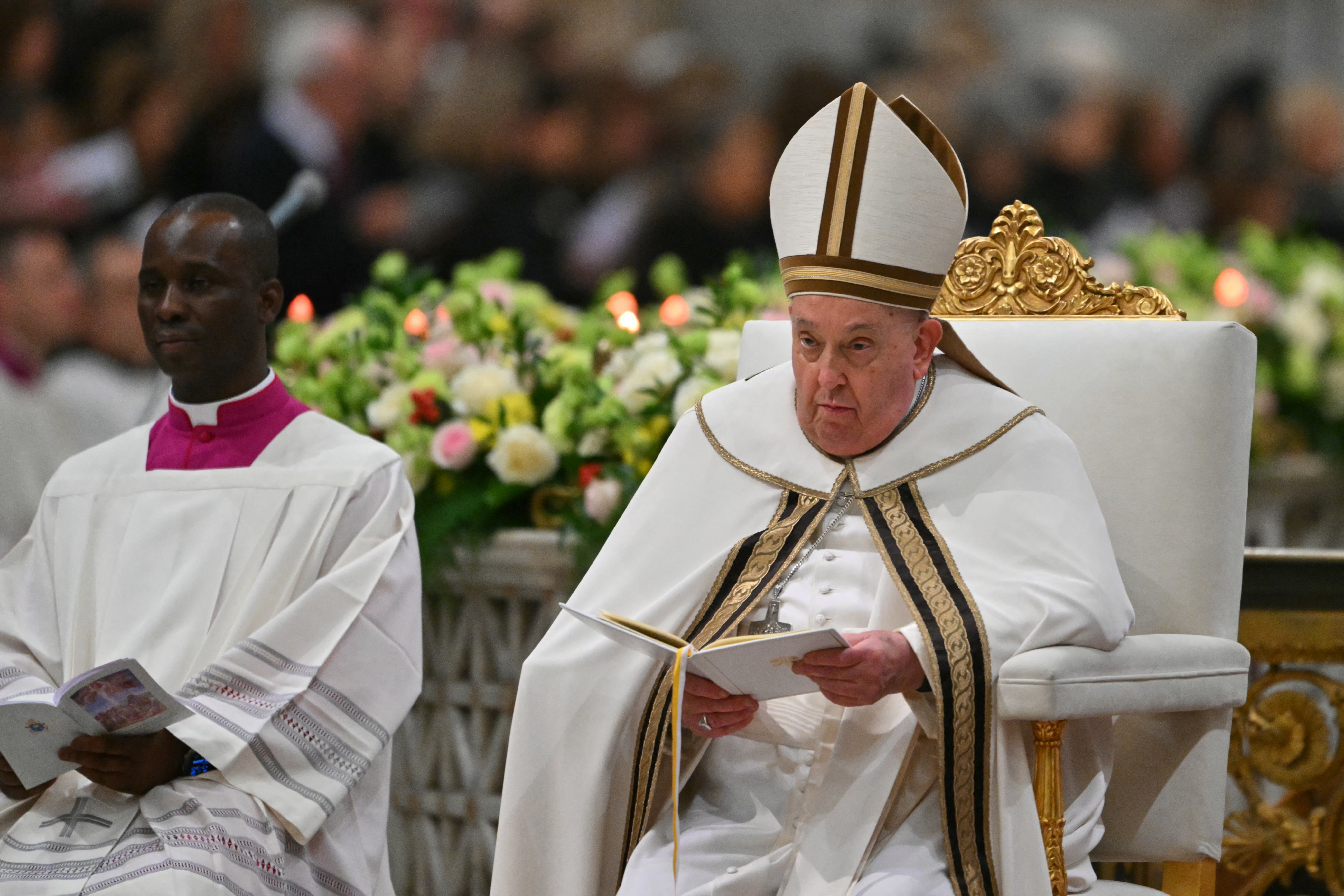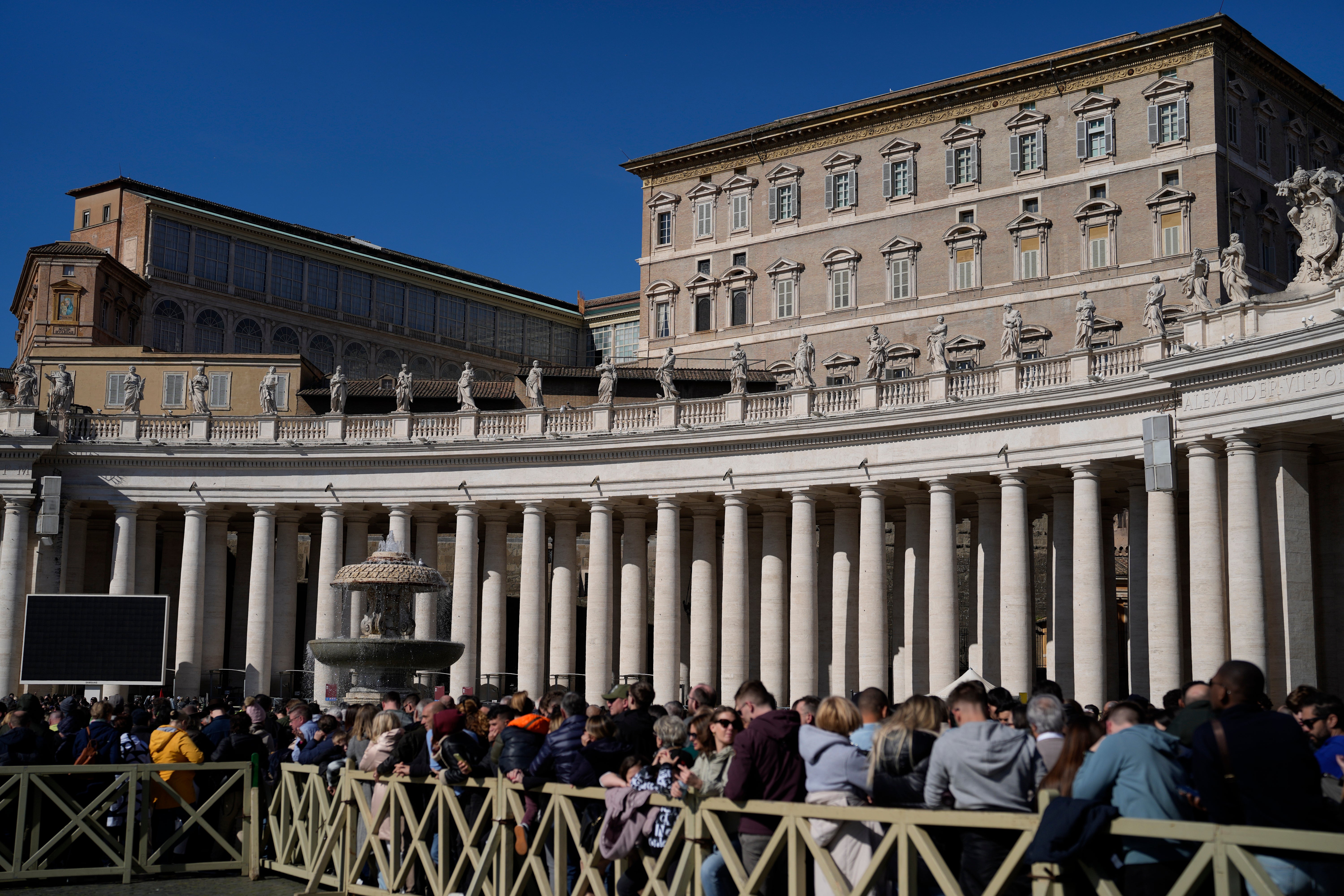ARTICLE AD BOX
Pope Francis has died aged 88, after 12 years at the head of the Catholic Church.
Vatican camerlengo Cardinal Kevin Farrell announced the news on Monday.
The senior official said: "His entire life was dedicated to the service of the Lord and of his Church.
"He taught us to live the values of the Gospel with faithfulness, courage, and universal love, especially for the poorest and most marginalised.
"With immense gratitude for his example as a true disciple of the Lord Jesus, we commend the soul of Pope Francis to the infinite, merciful love of God, One and Tribune."
The pontiff had been hospitalised for weeks battling a complex lung infection which led to early stages of kidney insufficiency, the Vatican said. All his audiences and planned events had been cancelled. He suffered from double pneumonia and HAD been in Rome’s Gemelli hospital treatment, but still managed to attend mass despite his illness.

Bouncer to Pontiff: Pope Francis’ extraordinary life
The Pope, who was born in Argentine capital Buenos Aires as Jorge Mario Bergoglio, became the first person from the Americas to take the role after succeeding Benedict XVI in 2013.
He studied at the technical secondary school Escuela Técnica Industrial, graduating with a chemical technician's diploma before he spent several years as a food technician in the Hickethier-Bachmann Laboratory.
Having also worked as a bouncer, janitor, in 1958 he joined the Society of Jesus - known as the Jesuits - in 1958. He climbed the ranks within the Argentine Church before being made a Cardinal by Pope John Paul in 2001.

After the resignation of Pope Benedict XVI, Pope Francis was elected in the fifth round of voting in a papal conclave - the process by which a new Pope is selected.
A respiratory infection had always been the main concern surrounding Pope Francis’ health, after he lost most of his lung due to an illness during his early adulthood. In 2023, the Pope was hospitalised for three days with a bad case of pneumonia.
Modernising Pope: Francis’ greatest achievements
Pope Francis was credited for adopting a less formal approach to the papacy. After his election, he took a bus back to his hotel rather than being driven in the papal car, before he visited a Cardinal in hospital the next day - where he chatted with patients and staff.
He was willing to engage more women in senior roles within the Catholic Church and has long argued that the Church should be sympathetic to the LGBTQ+ community - while calling for the decriminalisation of homosexuality around the world.
The pontiff has also been a critic of unshackled capitalism and put climate change action front-and-centre of much of his papacy.

On the international stage, he played a crucial diplomatic role in a tumultuous decade, weighing in on the Israeli-Palestinian conflict, Russia-Ukraine war, the plight of refugees worldwide, and notably playing a crucial role in the restoration of US-Cuban relations in 2014.
He also called on countries in the West to significantly increase the number of refugees they took in. Responding to Donald Trump’s plan to build a wall with Mexica in 2016, the Pope said: “A person who only thinks about building walls, wherever they may be, and not building bridges, is not Christian.”
What happens now?
A secretive election, known as the papal conclave, will now be held in the Vatican’s Sistine Chapel, from which white smoke will rise once a group of cardinals under the age of 80 agree with a two-thirds majority on a new candidate. The interregnum period, the stage between a Pope’s death and the selection of a new one, has now begun.
The Pope’s death is verified by the camerlengo - the Vatican’s overseer of property and revenues. They call out the Pope’s name three times, and when no response is received, the Pope is pronounced dead and the public are informed before a new pontiff is selected.
Officially, the only requirement for the next Pope is to be male and Catholic. In reality, Pontiffs have only ever been chosen from the ranks of Cardinals for centuries.

After a special morning mass, the 120 Cardinals of voting age will gather inside the Sistine Chapel to begin rounds of voting.
Through speeches, prayer, and political jostling, Cardinals whittle down candidates through successive rounds of voting.
A Pope is only elected when there is a two thirds majority. The longest papal conclave lasted three years in the thirteenth century due to political infighting.








 English (US) ·
English (US) ·